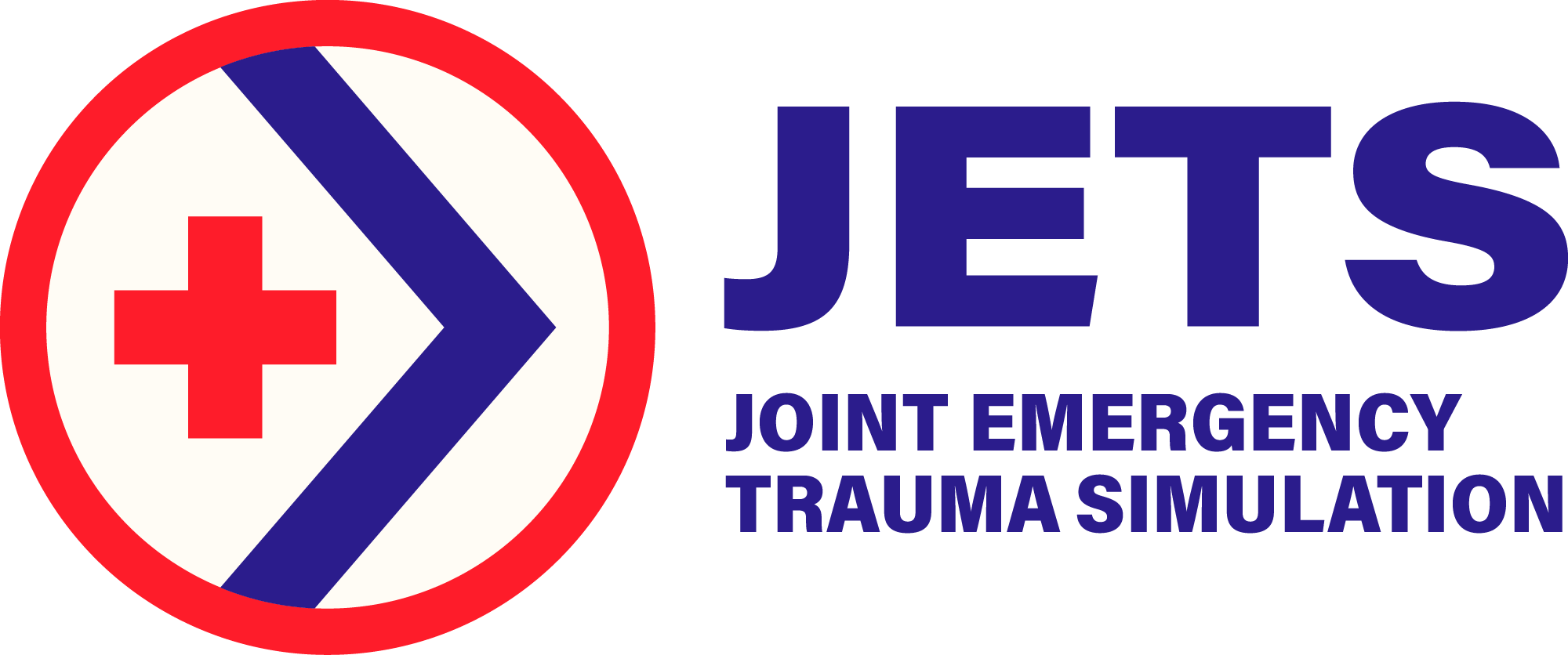JETS Phase III Roadmap
JETS PROGRAM ROADMAP
Sep 2016 – Sep 2017 Initial Research on Patient Handoff and/or Transfer
Long considered a danger point in patient care, handoffs and patient care transitions contribute to medical errors and adverse events. Without standardization of patient handoffs, communication breakdowns arise, and critical patient information is lost. Minimal training and informal learning have led to a lack of understanding of the process involved in this vital aspect of patient care. In 2017, the US Army commissioned a report to study the process for patient handoffs and identify training gaps.
Patient handoffs, or handovers, are the primary communication tool for ensuring patient safety during transitions of care. Patient handoffs are usually composed of either a written document and/or a verbal presentation of the critical aspects necessary for continued care of the patient. While effective communication during transitions of care have been considered critical, multiple publications and disciplines over the years have noted the threat posed by poor communication during transitions of care. Despite its importance, training the process for handing off patients is often not conducted, partially covered, or required once as a completed event, and is not properly assessed.
Jan 2018 – Aug 2018 Phase I Effort
Phase I of the JETS program was to develop architectural models that will be used to guide the construction of integrated simulations and training modules for the JETS system, which could be utilized throughout the Department of Defense’s (DOD) medical departments. The study aimed to add to the current body of knowledge by identifying and addressing gaps in joint en route care training and constructing a top-level, interoperable architectural framework for a training system of systems that can track individual, team and unit performance.
Research focused on creating prototype knowledge products that interoperate and integrate with future programs within the MSE. Designs for an overarching architecture, including a common, objective, and engineering-oriented lexicon, along with a governance strategy, a definition of shared services, and application programming interfaces (APIs) for interoperability were produced. A collection of architecture views was developed and presented for possible integration into the JETS Capabilities Development Document (CDD).
Sep 2018 – Jul 2019 Phase II Effort
This effort was to provide an architectural design for a comprehensive simulated system of procedures and protocols to represent the joint patient evacuation and transport occurring in the continuum of care. The architecture includes improved mechanisms for training and test and evaluation of ERC. The study identified design requirements for an interoperable architectural framework for a training system of systems that can track individual and team performance. Phase I of this program focused on the JETS system architecture designs, Phase II focused on the Point of Injury Trauma Simulation (POINTS) architecture designs.
Aug 2019 – Mar 2022 Phase III Effort
Phase III of the program focused on creating an Extended Demonstration to showcase the architecture and creating and implementing proponency and advocacy plans for JETS. The program produced validation results and designs for an overarching architecture, including a common, objective, and engineering-oriented lexicon along with a governance strategy, a definition of shared services, and application programming interfaces (API’s) for interoperability. The Demonstration exhibited the MMS FOM, as a component of a JETS/POINTS system of systems, with integration of commercial off the shelf (COTS) and Government furnished equipment (GFE) components.
Future Recommendations
It is recommended that the DoD consider JETS integration with the Army Synthetic Training Environment (STE) in two levels; 1) for high-level casualty initiation in STE directly and 2) as a STE medical component connected however outside the “Big STE” system for a more detailed medical training system that captures specific data on training performance.
JETS PHASE III PROGRAM GOALS
The major goals of the JETS Phase III program are:
